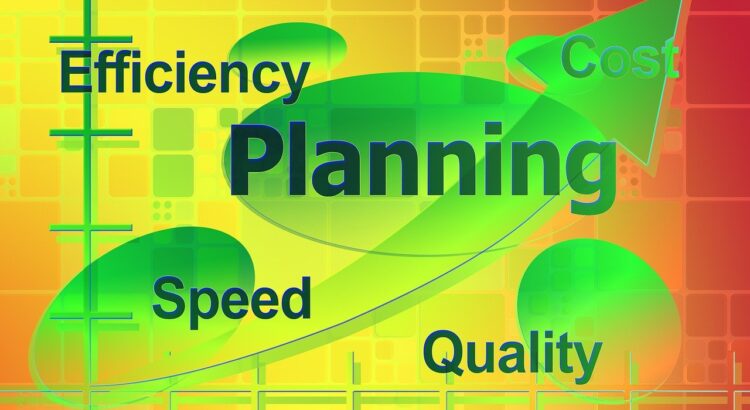
Power Efficiency Measurement – Our Experts Make It Clear – Part 4
Measuring power efficiency in datacenter storage is a complex endeavor. A number of factors play a role in assessing individual storage devices or system-level logical storage for power efficiency. Luckily, our SNIA experts make the measuring easier!
In this SNIA Experts on Data blog series, our experts in the SNIA Solid State Storage Technical Work Group and the SNIA Green Storage Initiative explore factors to consider in power efficiency measurement, including the nature of application workloads, IO streams, and access patterns; the choice of storage products (SSDs, HDDs, cloud storage, and more); the impact of hardware and software components (host bus adapters, drivers, OS layers); and access to read and write caches, CPU and GPU usage, and DRAM utilization.
Join us on our final installment on the journey to better power efficiency – Part 4: Impact of Storage Architectures on Power Efficiency Measurement.
And if you missed our earlier segments, click on the titles to read them: Part 1: Key Issues in Power Efficiency Measurement, Part 2: Impact of Workloads on Power Efficiency Measurement, and Part 3: Traditional Differences in Power Consumption: Hard Disk Drives vs Solid State Drives. Bookmark this blog series and explore the topic further in the SNIA Green Storage Knowledge Center.
Impact of Storage Architectures on Power Efficiency Measurement
Ultimately, the interplay between hardware and software storage architectures can have a substantial impact on power consumption. Optimizing these architectures based on workload characteristics and performance requirements can lead to better power efficiency and overall system performance. Read More